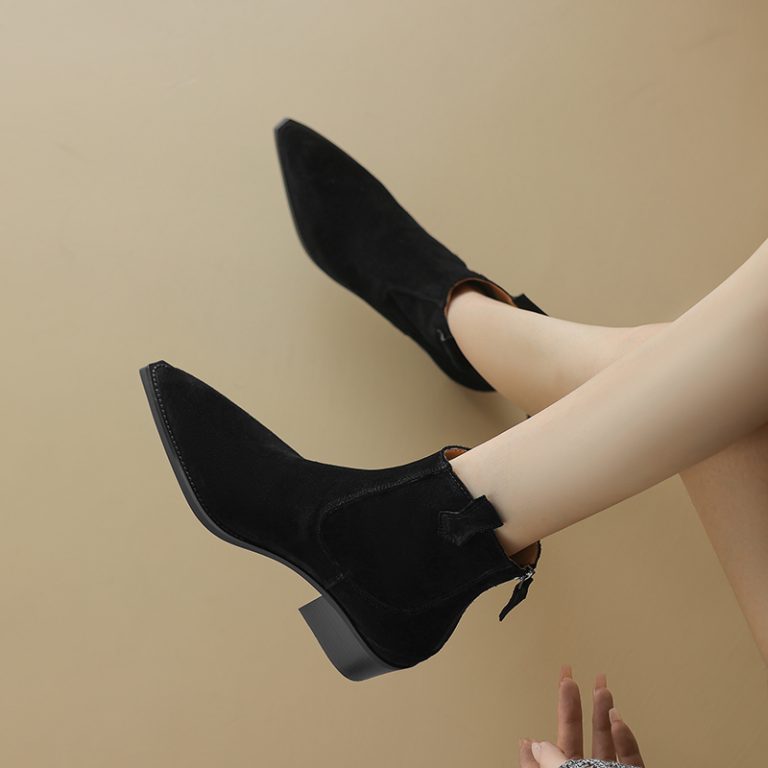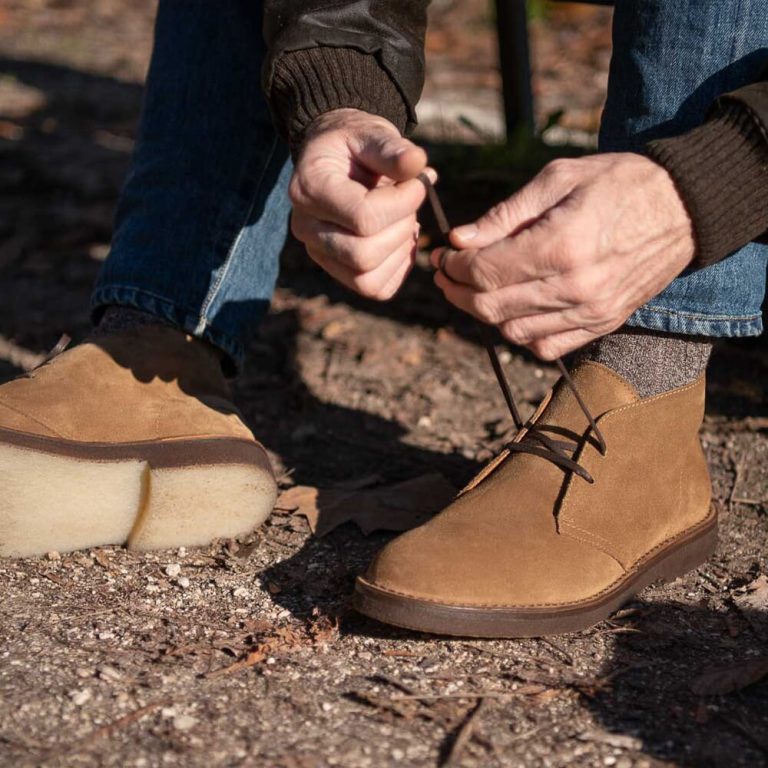Introduction to Walking Boots
Walking boots are a vital element for any adventure. They guard your feet on uneven terrains and provide the necessary grip. Their design meets the needs of walking across various landscapes, making them more than just ordinary footwear. Choosing the right walking boot can enhance both your comfort and hiking performance.
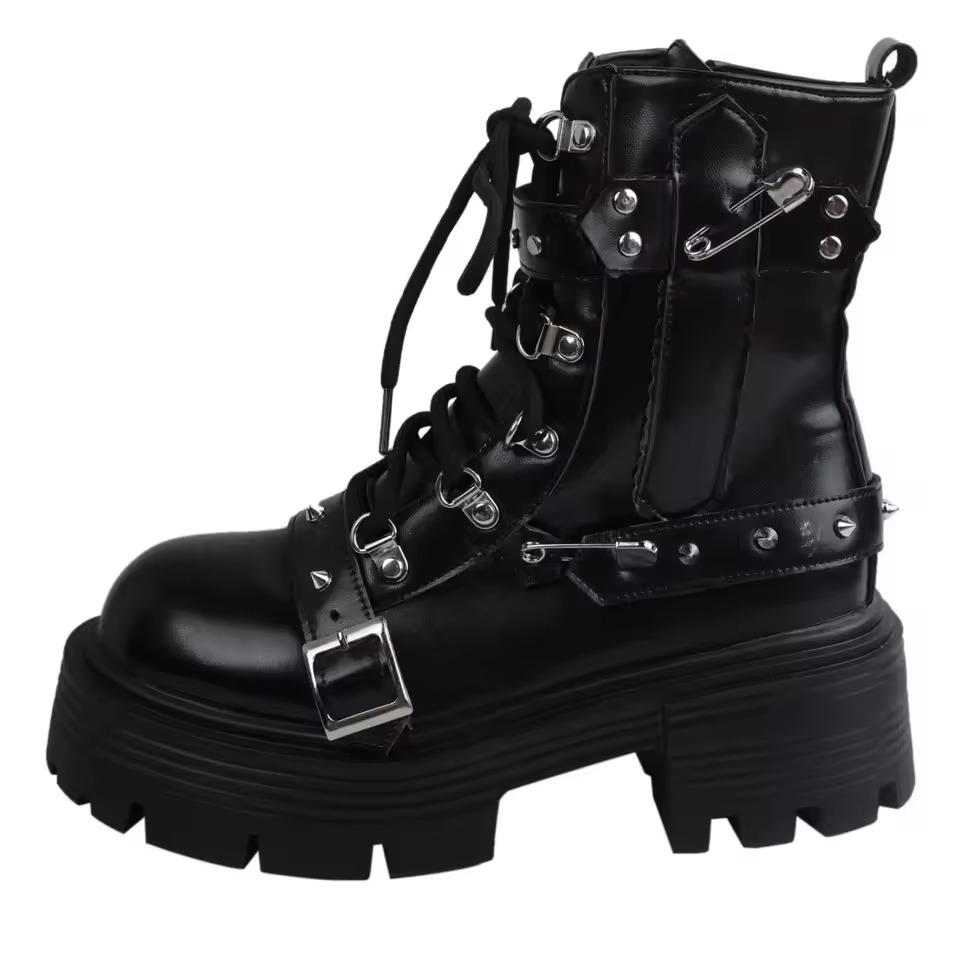
Selecting a pair begins with knowing the key features they offer. These include material, comfort, support, and waterproofing. It’s also essential to understand the differences in boot types. For instance, hiking boots differ from trail running shoes in build and purpose. High-cut boots offer more ankle support than their low-cut counterparts.
Proper sizing and fit ensure no blisters or discomfort on long treks. Once you’ve made a purchase, maintenance is crucial to extend the life of your boots. With a vast market full of options, our recommendations will guide you to quality brands.
This article aims to walk you through each of these points. It will help you make an informed decision when selecting your next pair of walking boots. The right choice will take you from city parks to mountain peaks with ease and safety.
Key Features to Look for in Walking Boots
When it comes to selecting the ideal walking boot, there are several critical features to account for. These key attributes will ensure that your feet remain protected, comfortable, and can endure the challenges of any adventure. Let’s delve into the most crucial aspects to consider.
Boot Material and Durability
The material of a walking boot dictates its durability. Look for high-quality leather or synthetic materials designed to withstand harsh conditions. Leather boots offer longevity and can resist wear and tear, while synthetics are often lighter and dry quicker. A sturdy rubber outsole enhances grip and absorbs shock. Reinforced toe caps add extra protection.
Comfort and Fit
Comfort is paramount in a walking boot. Select boots with ample cushioning around the ankle and underfoot. A snug fit prevents sliding, reducing the risk of blisters. Be sure to try on boots with hiking socks to assess the true fit. Flexibility in the sole allows for a natural foot movement.
Support and Stability
Walking on uneven terrain demands excellent foot support. Choose boots with a firm midsole to maintain foot alignment. Ankle support is vital for preventing injuries. Look for boots that provide a snug fit around the ankle without restricting movement. A strong shank in the sole delivers stability on rocky paths.
Waterproofing and Breathability
Finally, the best walking boots must keep your feet dry from external moisture while allowing sweat to escape. Waterproof membranes like Gore-Tex are ideal. Yet, breathability is also critical to prevent overheating. Mesh panels or breathable linings help air circulate, keeping feet cool and dry. Strike a balance between waterproofing and breathability for ultimate comfort.
Comparing Walking Boot Types
When looking for the ideal walking boot, the type you choose plays a critical role. Different types cater to different terrains and comfort levels. Let’s explore the two main categories and understand their differences.
Hiking Boots vs Trail Running Shoes
Hiking boots prioritize support and durability for long treks. They typically have a sturdy build, stronger grip, and offer more ankle support. They suit rough terrains and protect your feet against harsh conditions. Trail running shoes, in contrast, focus on lightness and speed. They have flexible soles and are more breathable. While they offer less protection, they are perfect for smooth trails and shorter distances.
To decide between hiking boots and trail running shoes, consider the terrain and your activity level. For challenging paths and heavy loads, hiking boots are better. For agility and lighter activities, trail running shoes work best.
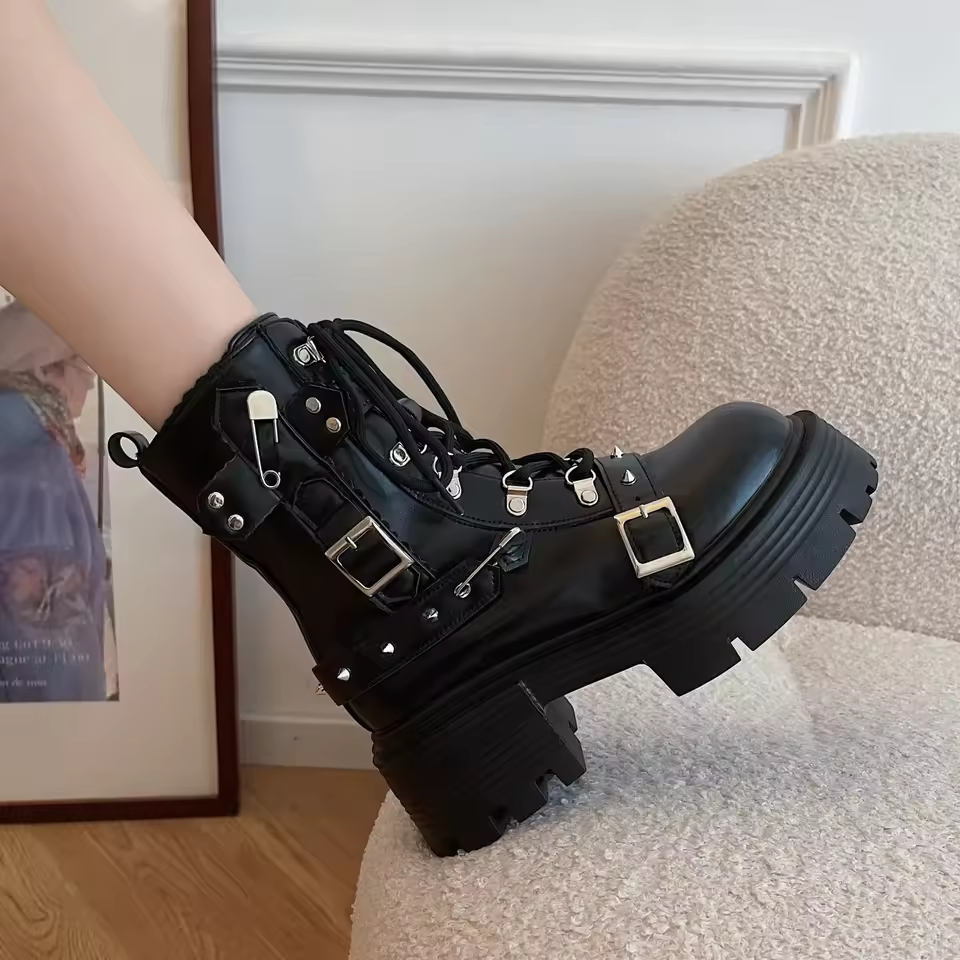
High-Cut vs Low-Cut Boots
The cut of a walking boot affects ankle support and mobility. High-cut boots wrap above the ankle, offering maximum support and protection. They are best for uneven terrains where the risk of ankle twisting is high. Low-cut boots sit below the ankle and provide more freedom of movement. They are ideal for easy trails and less rugged paths.
If you need solid ankle support and are heading into tough terrains, high-cut boots are the choice to make. For casual hikes and when you require more flexibility, low-cut boots are the way to go.
In conclusion, the choice between hiking boots and trail running shoes often depends on the adventure ahead. Similarly, picking between high-cut and low-cut boots hinges on the need for ankle support versus mobility. Choose a type that matches your specific needs for a walking boot ready for any adventure.
Sizing and Fitting Tips for Walking Boots
Finding the perfect size for your walking boots is essential for comfort and safety on your hikes. Here’s how to make sure you get the best fit:
Measure Your Feet
Measure both feet at the end of the day when they’re slightly swollen. Use a standard ruler or a Brannock device for precise measurements. Remember to measure your feet while wearing hiking socks for an accurate size.
Try Them On
Always try boots on before purchasing. Walk around the store to ensure there are no pressure points. Your toes should have room to wiggle, without sliding forward when you walk.
Check the Width
Boots should fit snugly but not too tight. Ensure there’s enough room width-wise to avoid blisters and discomfort. Pay particular attention to how the boots feel around your toes and heels.
Lace Them Up
Proper lacing prevents your foot from moving inside the boot. Lace your boots all the way up and walk on an incline if possible. This tests whether your heel lifts when walking uphill.
Assess the Ankle Support
Ankle support is crucial, especially for high-cut boots. Your ankle should feel secure without feeling constricted. The boot should also offer some flexibility for comfort during movement.
Check the Cushioning
Cushioning protects your feet on long treks. Feel the insole and check that it offers adequate padding. A removable insole is a plus as it can be replaced with custom orthotics if necessary.
Get the sizing and fitting right, and your walking boots will keep you comfortable on any trail. Follow these tips for a perfect pair that will last you many adventures.
Maintenance and Care of Walking Boots
Regular maintenance of your walking boots is crucial for prolonging their life and performance. Even the best boots won’t last if not properly cared for. Here’s a straightforward guide on how to keep your walking boots in top condition.
Clean Your Boots After Each Use
Remove dirt and mud with a soft brush after each hike. Wipe the boots with a damp cloth. Let them air dry away from direct heat, which can damage the material.
Condition the Leather
If you have leather boots, treat them with a conditioner to keep the leather supple. Do this every few months, or when the boots start to look dry.
Waterproofing Treatment
Reapply a waterproofing agent as needed. This keeps boots water-resistant and protects your feet from getting wet.
Store Boots Properly
Store your boots in a cool, dry place. Keep them away from sunlight which can degrade the material over time.
Check for Wear and Tear
Regularly inspect your boots for signs of wear. Pay attention to the soles and seams. Repair any damage promptly to prevent further deterioration.
Replace Insoles and Laces
Insoles wear out with time, so replace them if they’re worn. Similarly, check laces for fraying and replace if necessary for safety and comfort.
Following these simple steps will ensure your walking boots remain reliable and comfortable for all your adventurous treks.
Top Recommendations and Brands
When hunting for the perfect walking boot, it’s wise to consider top brands known for quality. We’ve researched and listed some brands that stand out in the walking boot sector.
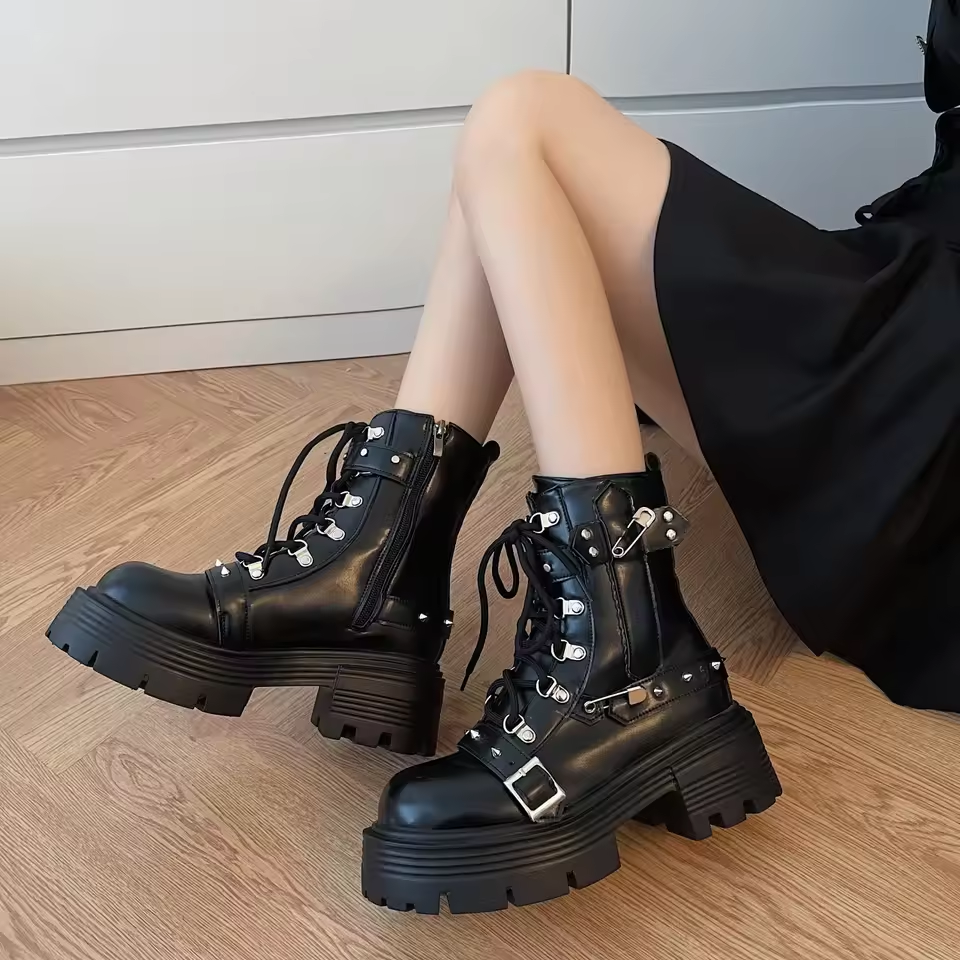
Salomon
A leader in outdoor sports, Salomon’s boots are renowned for their durability and innovation. They fit well and are great for rugged terrains.
Merrell
Merrell offers boots that blend comfort, durability, and design. Ideal for long treks, their boots provide excellent support.
Keen
Keen’s boots impress with their waterproof features and breathability. They’re perfect for adventurers who value both protection and comfort.
Columbia
Columbia boots are noted for their waterproof materials and strong traction. They suit various outdoor pursuits, from light trails to mountainous hikes.
Scarpa
Scarpa has a legacy in boot crafting. Their models range from lightweight to robust, catering to diverse hiking needs.
The North Face
Known for reliable outdoor gear, The North Face offers boots with superior cushioning and stability for safe and enjoyable hikes.
Pick a brand that fits your specific walking boot needs. With correct care, boots from these reputable brands can last through countless adventures. Remember to check reviews and test the boots if possible before buying. Make a choice that sets you up for comfort, safety, and memorable explorations.
Closing Thoughts on Selecting Walking Boots
Before wrapping up our guide, let’s summarize the essence of picking the right walking boot. Remember, quality overrules quantity. Investing in a good pair means less worry on the trails. Prioritize boots with solid materials, excellent support, and tailored fit. They will keep your feet happy and healthy.
To recap, consider material and durability. Opt for leather or high-grade synthetics. They stand up to rough conditions. Comfort and fit are non-negotiable. Ensure your boots align with your foot size and shape. Look for ample cushioning and a secure fit to avoid blisters.
When it comes to support and stability, prioritize a firm midsole and sturdy ankle support. Your safety on uneven ground rests on them. Waterproof and breathable fabrics, like Gore-Tex, will shield your feet from moisture while letting them breathe.
The type of boots you select should match your planned activities. Heavy-duty hiking boots suit tough terrains, while trail running shoes and low-cut options work for lighter jaunts. Measure your feet correctly, and always try boots with your hiking socks on.
Caring for boots extends their life. Regular cleaning, conditioning, and waterproofing will do the trick. Store boots in a cool, dry place and inspect them often for repairs.
Lastly, brand reputation matters. Salomon, Merrell, Keen, Columbia, Scarpa, and The North Face are trustworthy. They blend quality with functionality. Use reviews to aid your decision, and never hesitate to test the boots out.
Choosing the right walking boot is about balance. Weighing comfort, durability, support, and breathability against your outdoor needs leads to the best choice. Follow this guide to step into the right pair and embark on your adventures with confidence.
